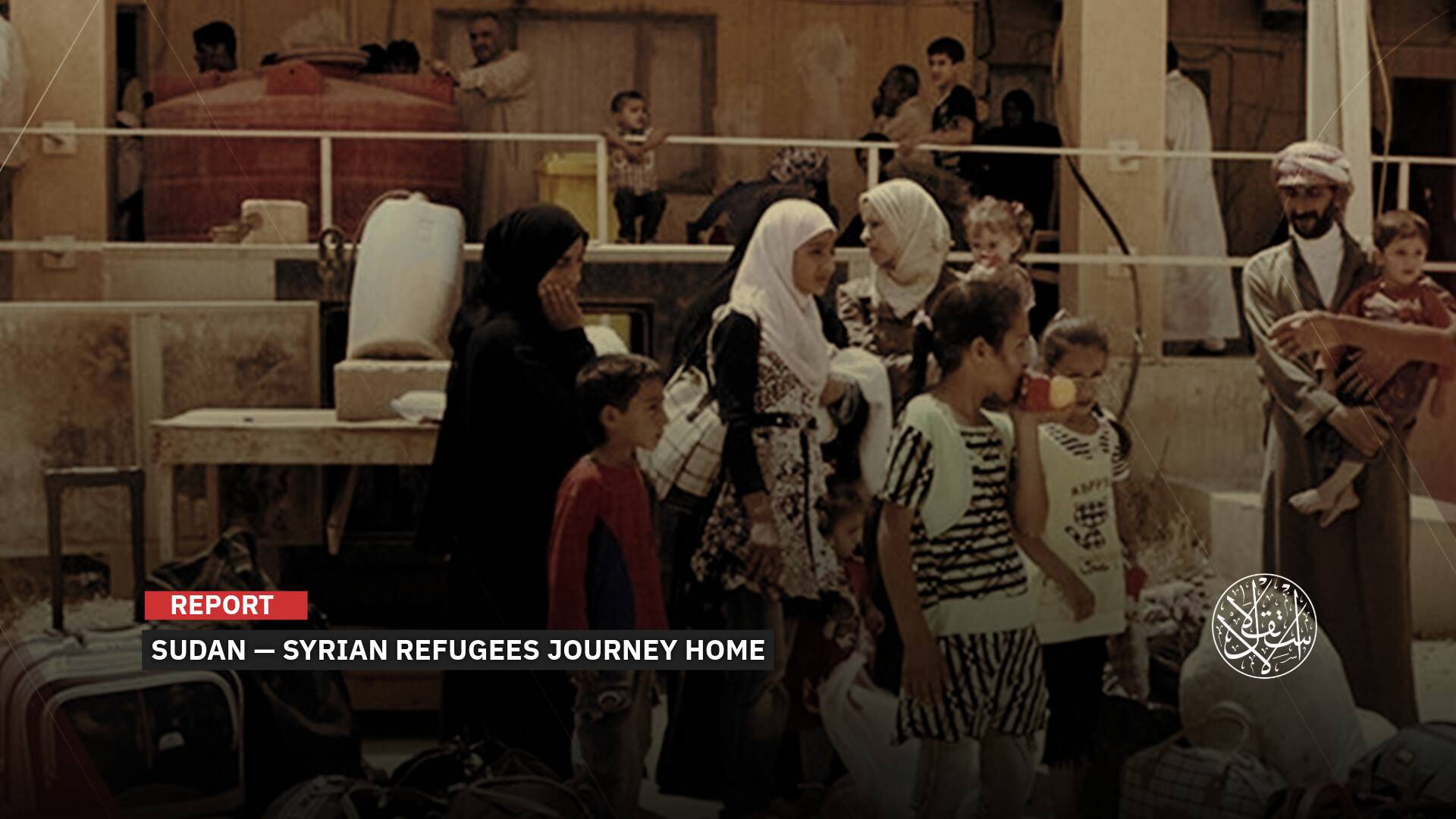Despite Its Developed Infrastructure, How Did the UAE Fail to Confront the Rainstorm?

The storm caused Dubai, known for luxury shopping and living, to incur tens of millions of dollars in damages.
Despite the purported advancement of its infrastructure, the UAE proved incapable of effectively addressing a rainstorm, thereby tarnishing its international image despite the substantial investments made to enhance its infrastructure.
The storm hit in mid-April 2024, affecting several Gulf countries, particularly the UAE and Oman.
The challenging day for the UAE equated to two years' worth of rain, with levels reaching 254 millimeters, the highest recorded since data collection began in 1949, before the country's founding in 1971.
The adverse impact extended throughout the UAE, particularly in Dubai, the country's financial and transportation hub.
With the storm's aftermath, some Gulf residents recalled ancestral tales of the catastrophic events of early October 1925.
A disastrous storm claimed the lives of 8,000 Gulf citizens in a single day, striking the eastern coastal region of Saudi Arabia, the UAE, Bahrain, and Qatar.
Today, discussions revisit 1925 and the climatic challenges facing the Gulf, casting doubt on the UAE's capabilities, modernity, and the strength of its infrastructure, which it once touted but crumbled in the face of skyborne tempests.
Rain Bombs
On April 18, 2024, Axios reported on floods that paralyzed Dubai entirely.
It noted the storm's revelation of the inefficiency of the current infrastructure in the UAE, incapable of withstanding extreme weather phenomena, which have become more frequent and intense due to climate change.
It stated that the UAE couldn't handle rain bombs, given their massive quantities in such short periods, to the extent that Dubai was flooded, leading to the closure of the bustling airport center.
The colossal amount of rain in a single day would cause problems even in moderate sites, let alone Dubai, a desert city suffering from poor drainage.
Among the prevalent scenes of the disaster were luxury cars, characteristic of Dubai, turning into boats.
Planes at Dubai International Airport were seen navigating through the flooded waters on social media.
The city's aviation emergency status was raised to the highest level, with schools closed and people advised to stay indoors despite the sunny skies.
This led to Dubai, known for upscale shopping and luxurious living, incurring tens of millions of dollars in damages, according to unofficial estimates.
So far, the Abu Dhabi government continues to assess the damages, with no official announcement yet on the extent of the losses.
At least 19 people were reported dead due to flooding in Oman from the same weather system, with at least four others in the UAE.
Cloud Seeding
On April 17, 2024, Reuters reported that the direct cause of the floods was a strong, slow-moving low-pressure system or a high-level cold air pocket, triggering clusters of severe thunderstorms over the UAE and neighboring countries.
Weather models indicated the arrival of this storm system, along with the threat of heavy rain, several days before its outbreak.
The British news agency mentioned that Dubai's repeated use of cloud seeding (a technique that enhances rainfall in desert areas) could potentially boost rainfall in this manner.

This sparked widespread speculation as to whether this was a man-made flood, a result of repeated interference with nature.
It is unknown if cloud seeding can produce such large-scale, long-lasting severe thunderstorms affecting multiple countries.
However, it can, in some cases, lead to somewhat heavier rainfall than would occur naturally.
Reports, including one by CNBC, indicated that the UAE did not conduct cloud seeding operations on April 16.
Weather models forecasted heavy rainfall without factoring cloud seeding into their calculations.
Cloud seeding is an advanced technique that helps alleviate the intensity of rainstorms.
For instance, Indonesia witnessed unprecedented floods in 2013 and 2020, which the government addressed with cloud seeding to force clouds to discharge their water into the ocean before reaching Jakarta, the capital, and exacerbating its flood woes, a measure the UAE did not take.
The American website added that climate science studies and observations worldwide have shown that events like the heavy rainfall in the UAE, including those that shattered records, have become more common and intense with rising global temperatures.
The rise in temperatures caused by human-induced climate change leads to more extreme weather phenomena worldwide, such as the storm that hit the UAE and Oman.
Researchers expect climate change to increase temperatures, humidity, and flood risks in Gulf regions.
The website concluded that the problem could be worse in countries like the UAE, which lack ideal drainage infrastructure to cope with heavy rainfall.
Worse to Come
Essam Heggy, a space scientist at NASA specializing in Earth and planetary sciences, said it may seem strange, but scientifically, the primary cause of deaths in deserts is not thirst but drowning.
"Today's floods in the UAE and Oman remind us of this fact and that these risks will increase in the coming decades as our resolve to study them wanes," he posted on X.
"Our research published today explains the climatic and psychological factors leading to increased damage in the desert, the most important of which is the lack of research and denial of the existence of these phenomena in the first place."
Heggy rejected dealing seriously with studies (if any) and with safety instructions that mostly have insufficient space for dissemination and awareness.
He then remarked, "Nature has not and will not stop repeating these phenomena, and we all, and our families in the Gulf countries, must realize that a disaster like Derna (floods in the Libyan city that killed 6,000 people in a single day) may occur again, and we must be prepared because history may repeat itself at any moment."
In general, experts emphasize that the rising temperatures resulting from human-induced climate change lead to more extreme weather phenomena worldwide, such as the storms and floods that ravaged the UAE and Oman, causing significant damage.
Scientists expect climate change to result in higher temperatures, increased humidity, and the risk of floods in Gulf regions. The problem could be worse in countries lacking adequate sewage infrastructure to handle heavy rainfall.













